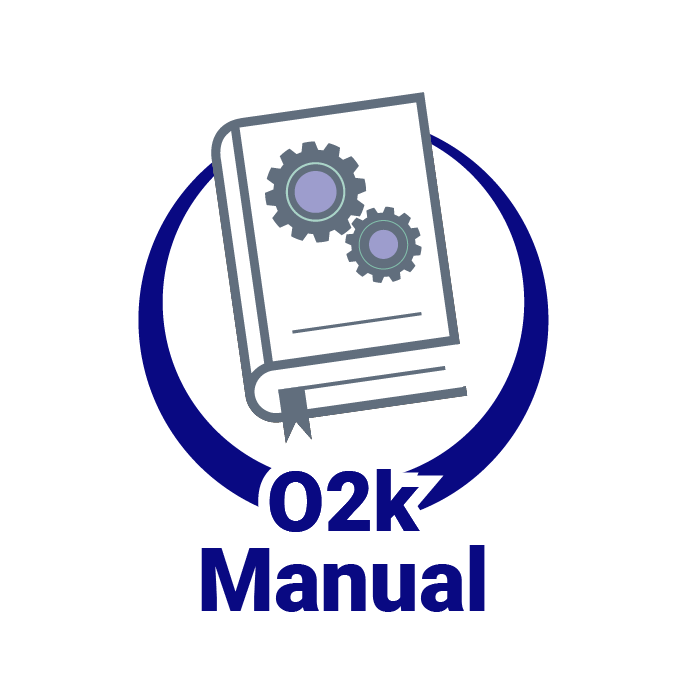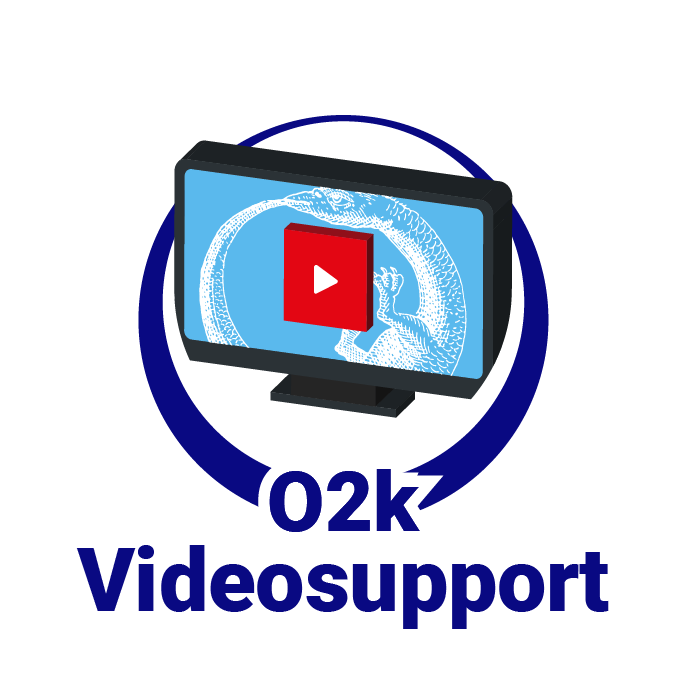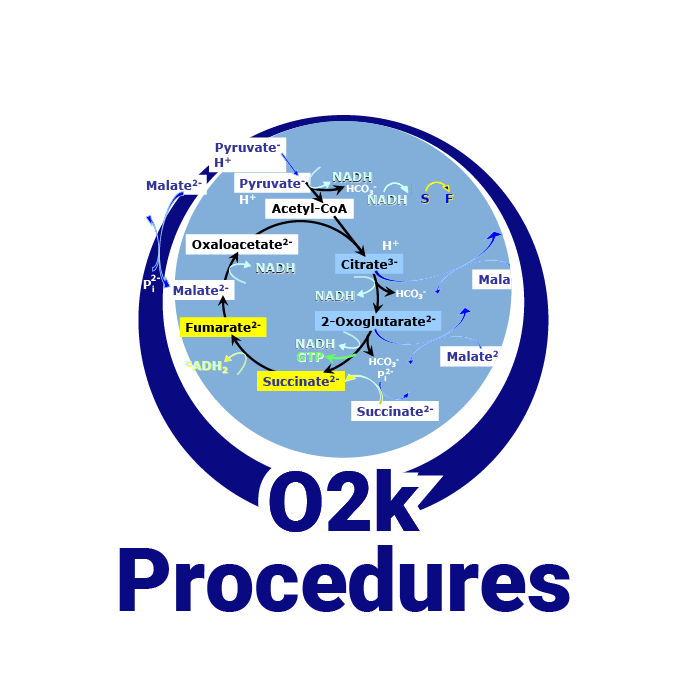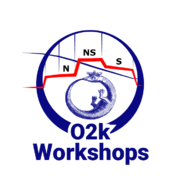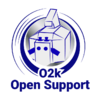 |
User talk:Tindle Lisa/My sandbox O2k-Virtual support |
MitoPedia O2k and high-resolution respirometry:
O2k-Open Support
Description
O2k-Vitual support include 8 individual training hours. Via a live video link, Oroboros experts guide you step-by-step on topics of your choice, such as O2k instrumental setup and service of the polarographic oxygen sensors (OroboPOS) for instrumental quality control, an essential component of HRR. This offers the opportunity to analyse and discuss your first experimental DatLab files obtained with your O2k with the bioenergetics experts of Oroboros. Instrumental and biological experiments demonstrate the unique advantages and limitations of monitoring of oxygen concentration and respiration, simultaneously with monitoring hydrogen peroxide production and several other MultiSensor options. It offers flexibility to participants and gives the option to choose virtual coaching sessions that best fit individual needs.
O2k-Virtual support session workflow
- During the O2k-Virtual support self-study material is available, including the O2k-Manual and O2k-Videosupport (which are always available on the website).
- It is highly recommended that participants prepare for their coaching session by going through the self-study material (e.g. video clips and manuals) of Part 1.1 (OroboPOS service, O2k instrumental setup).
- » The links to the online material are in the "Material for self-study" section below.
- » The date of the coaching session will be arranged between the participants and tutor once a registration form is received.
Virtual coaching hour allocation
- Individual coaching hours can be used for any topics needed, such as to prepare experiments, answer any other related questions, etc. The timetable in the program shows an approximate estimation of how much time will be needed for each specific session. This overview is intended to help participants to plan their available 10 hours efficiently. Sessions are marked with asterisks to indicate the level of recommendation for beginners.
- The duration is estimated for participants who still do not have experience with the O2k, sessions might be faster for experienced O2k users.
- More than one topic can be covered in a single session and the minimum time per session is 1 hour.
- The virtual coaching sessions will take place on the dates confirmed by the participants and tutor.
Materials for self-study
- The materials for self-study, with the names and links to materials, are recommended to be studied before the respective O2k-Virtual support coaching sessions.
- » Virtual O2k-Workshop self-study material
Program
- Participants can use the below sample program as a guideline for possible sessions for their online coaching.
- For beginners we recommend to start the virtual coaching with the start-up session (session 1.1 and 1.2 in the program). Advanced users may choose to select sessions from both the O2k-Basic and Advanced programs.
O2k-Basic
| Session | Duration |
|---|---|
| Part 1 | |
| Part 1.1: OroboPOS service and O2k instrumental setup | |
Hands-on: OroboPOS service
|
Start-up 2 h * |
Hands-on: O2k instrumental setup
|
Start-up 2 h * |
| Part 1.2: DatLab | |
| DatLab overview | Start-up 1 h * |
| Part 1.3: O2 calibration and instrumental background | |
Hands-on: Quality control 1: Oxygen calibration
|
Do-it-yourself 1.5 h |
Hands-on: Quality control 2: Oxygen background
|
Do-it-yourself 2 h |
| DatLab analysis and discussion | Start-up 1 h * |
| Part 2 | |
| Part 2.1: Biological samples and experimental design | |
Discussion about biological samples, experimental design, SUIT protocols
g |
Start-up 1-2 h * |
| Part 2.2: Biological experiment and data analysis | |
Hands-on: Quality control 1: Oxygen calibration
|
Do-it-yourself 1.5 h |
Hands-on: Biological experiment: cell or mitochondrial respiration
|
Do-it-yourself 1-3 h |
Hands-on: O2k-cleaning after use
|
Do-it-yourself 1 h |
Hands-on: DatLab 7.4 analysis and DatLab performance evaluation. Discussion
|
Start-up 2 h* |
| Session | Duration |
|---|---|
| Part 1 | |
| Part 1.1: OroboPOS service and O2k instrumental setup | |
Hands-on: OroboPOS service
|
Start-up 2 h * |
Hands-on: O2k instrumental setup
|
Start-up 2 h * |
| Part 1.2: DatLab | |
| DatLab overview | Start-up 1 h * |
| Part 1.3: O2 calibration and instrumental background | |
Hands-on: Quality control 1: Oxygen calibration
|
Do-it-yourself 1.5 h |
Hands-on: Quality control 2: Oxygen background
|
Do-it-yourself 2 h |
| DatLab analysis and discussion | Start-up 1 h * |
| Part 2 | |
| Part 2.1: Biological samples and experimental design | |
Discussion about biological samples, experimental design, SUIT protocols
g |
Start-up 1-2 h * |
| Part 2.2: Biological experiment and data analysis | |
Hands-on: Quality control 1: Oxygen calibration
|
Do-it-yourself 1.5 h |
Hands-on: Biological experiment: cell or mitochondrial respiration
|
Do-it-yourself 1-3 h |
Hands-on: O2k-cleaning after use
|
Do-it-yourself 1 h |
Hands-on: DatLab 7.4 analysis and DatLab performance evaluation. Discussion
|
Start-up 2 h* |
Contact
- Oroboros Instruments
- High-Resolution Respirometry
- Schoepfstrasse 18
- A-6020 Innsbruck, Austria
- Tel: +43 512 566796
- Fax: +43 512 566796 20
- Mitochondria and Cell Research

